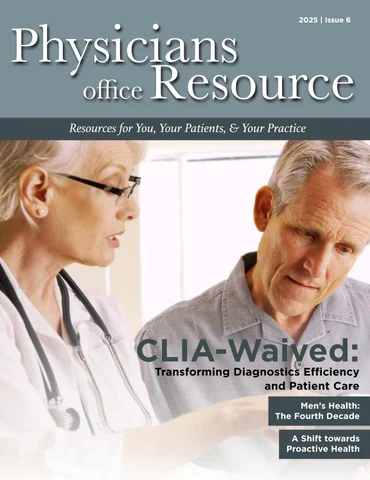Diabetes Patient Management: Transformative Technology
Tuesday, September 21, 2021
by David Kliff
There is no question that when it comes to diabetes technology, continuous glucose monitoring (CGM) has been the most transformative. Unlike insulin pumps or connected insulin pens, CGM is used by all patients with diabetes, not just patients who use insulin. Thanks to CGM researchers, we now have a clearer understanding of diabetes. CGM is quickly becoming the standard for glucose measurement.
To fully appreciate just how transformative CGM technology is to diabetes management, take a look at the life of a patient before CGM. Back in the day, when blood glucose monitoring (BGM) was state of art technology, patients had to prick their fingers multiple times each day. Not only was this inconvenient, but it required extreme dedication from the patient. Besides the constant finger pricks, BGM required the patient to carry around all testing tools– the meter, lancet, and test strips. Worse, with no connectivity, patients had to manually log their readings creating even more work.
Fast forward to today when all CGM patients have to do is secure the sensor to their bodies, which is an easy and painless task performed either once every 10 or 14 days. Thanks to advancements in CGM technology, there are NO finger prick calibrations and readings are sent directly to the patient’s smartphone, where apps provide advanced data analytics. CGM not only makes getting the data a snap, but helps the patient understand what all the data means. It really should shock no one that so many patients have seen their outcomes improve thanks to CGM technology.
Even better, going forward CGM is becoming more affordable, easier to use, and includes more sophisticated data analytics. Hence the reason CGM continues to replace BGM in diabetes patient management.
Yet even with all of these advancements, it must be noted that technology does not prevent one of the biggest issues facing a person with diabetes, hypoglycemia. Yes, these systems have alarms and alerts, which is another benefit, but they cannot PREVENT hypoglycemia. Anyone who has experienced a hypoglycemic event understands this. As much as a patient or caregiver would like to prevent these events, unfortunately they do happen, and many times come out of nowhere.
Now the majority of hypoglycemic events can be quickly dealt with. Hence the reason so many patients keep instant sugar at the ready. An experienced person with diabetes knows that untreated hypoglycemia is a life-threatening event. An event that can impact not just their lives but those around them as well, including their caregivers, family and friends.
Still there are instances when a patient crashes and is unable to manually deal with this event. Thankfully we have also seen a dramatic improvement in ready-to-use glucagon delivery systems. Systems that can easily and quickly be used by people both experienced and inexperienced in diabetes management. Two of the newer and more advanced options are a nasal formulation and a premixed autoinjector pen. Both quickly deliver lifesaving glucagon, are simple to use and require little if any advanced training.
As great as CGM is, it is nice to know that in those instances when a severe hypoglycemic event occurs, glucagon technology has also advanced.
